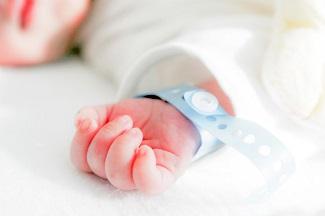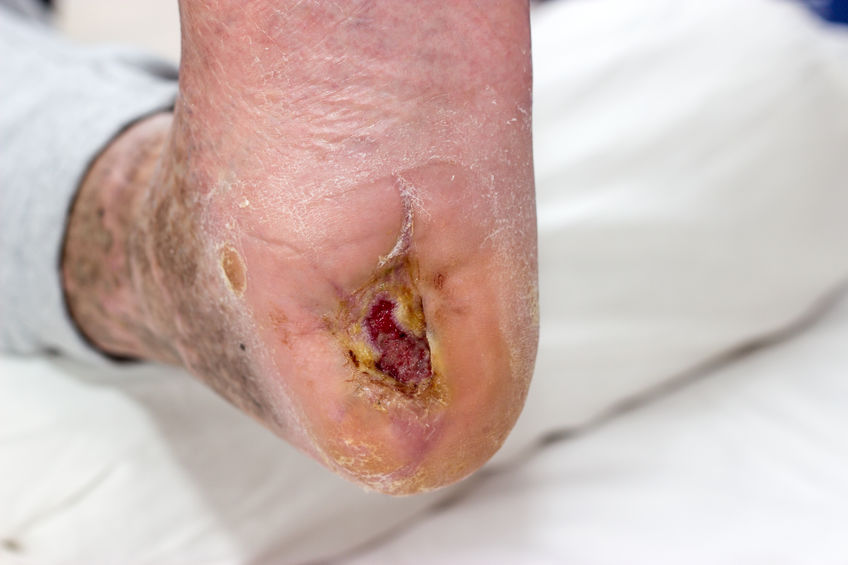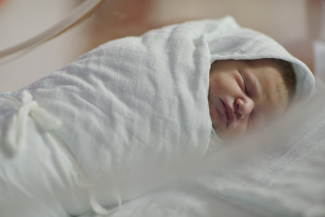Identifying Risk for Pressure Injuries in Newborns: What Are Nurses Using for Clinical Judgment?
August 11, 2020
As we continue to develop our evidence on pediatric pressure injuries, more information has been reported about the risk factors nurses are using for clinical judgment. We know that the newborn skin can vary based on gestational age, and nurses use their clinical judgment frequently when compared with using a pressure injury risk assessment scale. It therefore is important to answer this question: “What are nurses using for clinical judgment for assessing pressure injury risk?”
How Are Nurses Assessing Pressure Injury Risk in Pediatric Patients?
Very recently, a study was conducted in Australia by August and colleagues,1 who found that most descriptors were lacking in consistency. Their review of the literature on the subject consisted mostly of expert opinion, case study, or discussion articles (n = 36), using quantitative or investigative methods (n = 30) of articles published after 1999. The terms skin and pressure were the two most common root words for describing injuries. Associated factors that nurses reported were redness, pressure, skin, tape, and area. Terms such as prematurity, length of stay, birth weight, and medical devices (and type) were reported in an earlier study by these researchers.2
These findings are consistent with those of recent studies that report pressure and moisture around medical devices, especially nasal cannula continuous positive airway pressure (CPAP) devices. Moisture has been reported to occur under nasal cannula CPAP devices in early and older newborns who are using respiratory devices or medical equipment. Moisture and adhesives and straps used to keep medical equipment in place can cause pressure and diminish the skin’s integrity. Vigilant care requires frequent assessment and adjustment of devices that are placed on the neonatal skin.
Some devices need to be moved frequently, with assessment and moisture management. Moisture and pressure together can be detrimental to the infant’s skin, and removing tape can cause stripping of the epidermal skin.3- 5 Whereas we often think of moisture with regard to continence, it can also be found with respiratory and other medical devices and in skin folds in premature and sick newborns.
Conclusion
In conclusion, the pediatric population is different from the adult population. Furthermore, the neonatal population varies from the pediatric population because of differences in size, gestational age, and different attributes of their skin related to prematurity. More information is needed to determine which interventions are most useful in pressure injury prevention among neonatal intensive care patients and how they influence outcomes, such as the incidence of hospital-acquired pressure injuries.
References
1. August, D., Ray, R. A., Kandasamy, Y. & New, K. Neonatal skin assessments and injuries: nomenclature, workplace culture, and clinical opinions – method triangulation a qualitative study. Journal of Clinical Nursing. July 23, 2020. https://doi.org/10.1111/jocn.15422.
2. August, D. L., New, K, Ray, R & Kandasamy, Y. Frequency, location and risk factors of neonatal skin injuries from mechanical forces of pressure, friction, shear and stripping: A systematic literature review. Journal of Neonatal Nursing, 24 (4).173-180.
3. Dia T, Lv L, Liu X, Chen J, Ye Y, Xu L. Nasal pressure injuries due to nasal continuous positive airway pressure treatment in newborns: a prospective observational study. Journal Wound Ostomy Continence Nursing. 2020;47(1):26–31.
4. Kim MJ, Jang JM, Kim HK, Heo HJ, Jeong IS. Medical adhesives-related skin injury in a pediatric intensive care unit: a single-center observational study. Journal of Wound Ostomy Continence Nursing. 2019;46(6):491–496.
5. Boyar, V. Pressure injuries of the nose and columella in preterm neonates receiving noninvasive ventilation via a specialized nasal cannula: A retrospective comparison cohort study. Journal of Wound Ostomy Continence Nursing. 47(2). P 111-116. doi: 10.1097/WON.0000000000000616
About the Author
Ivy Razmus, RN, PhD, CWOCN is an Assistant Professor at the University of Detroit Mercy where she is currently teaching in the BSN Nursing program. Her research focus is on pressure injury prevention for pediatric patients including neonatal patients. She has experience as a Manager of Pediatric populations both neonatal and pediatric intensive care; as a quality analyst within a health system focusing on nursing sensitive quality indicators and root cause analysis; and as a CWOCN in the acute, critical and outpatient settings in the adult population.
The views and opinions expressed in this blog are solely those of the author, and do not represent the views of WoundSource, HMP Global, its affiliates, or subsidiary companies.













Follow WoundSource
Tweets by WoundSource